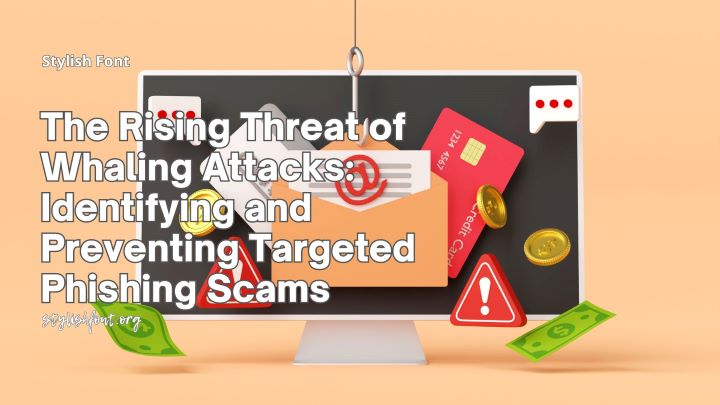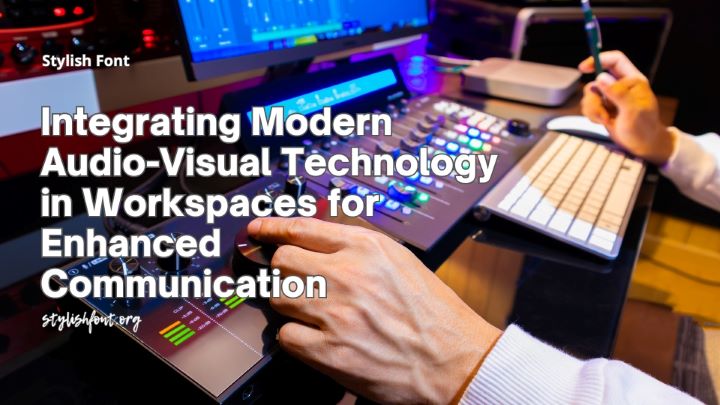Key Takeaways
- Mobile phones provide essential connectivity for underserved communities.
- Access to mobile technology can improve education, healthcare, and economic opportunities.
- Various programs aim to provide affordable or accessible mobile services to those in need.
- Developing digital literacy is essential to making the most of mobile technologies.
The Role of Mobile Phones in Connectivity
Mobile phones are more than simply tools for communication; they are also portals to opportunities, services, and information. In today’s digital age, staying connected is indispensable for personal and professional success. A mobile phone can provide access to essential services for impoverished people, acting as a lifeline. Programs like the Lifeline Program aim to bridge this gap by offering affordable or accessible mobile services.
The digital divide remains a significant global issue, but mobile technology is a powerful tool in addressing this challenge. It enables individuals to keep up with essential updates, access emergency services, and maintain social connections, thus improving overall well-being. For instance, in rural areas where traditional internet infrastructure is lacking, mobile phones can be the primary means of accessing the internet, helping users stay informed and connected.
Enhancing Education Through Mobile Technology
Mobile technology can significantly reduce educational disparities. Students in remote or low-income areas can access information and educational resources online. Moreover, mobile phones can facilitate remote learning, which has become especially crucial during the COVID-19 pandemic. Mobile-friendly educational platforms and apps offer interactive and engaging ways for students to learn, making education more accessible to everyone.
For example, many educational institutions have adopted mobile platforms, which provide accessible or affordable courses in various subjects. These platforms enable students to learn independently, revisit complex topics, and gain certifications. This flexibility mainly benefits those balancing education with work or other responsibilities.
Improving Healthcare Access
Access to healthcare is significantly improved by mobile technologies as well. Telemedicine services can connect patients in remote areas with medical professionals, allowing for timely consultations and diagnoses. According to the Harvard Gazette, the rise of telemedicine has been one of the significant advancements in healthcare during the COVID-19 era. This technological shift has made healthcare more accessible and convenient for many who otherwise wouldn’t have easy access to medical services.
Additionally, mobile applications can help manage chronic diseases by reminding patients to take their medications, track their health metrics, and even provide mental health support. For instance, apps like MySugr help diabetes patients manage their condition by monitoring blood sugar levels, giving dietary recommendations, and connecting them with healthcare providers. This holistic approach ensures more people can receive the healthcare they need without frequent hospital visits. Such advancements democratize healthcare, making it easier for vulnerable populations to manage their health.
Economic Opportunities
In addition to education and healthcare, mobile phones offer economic opportunities. They can facilitate job searches, enable freelance work, and provide a platform for small businesses to reach wider audiences. Mobile technology can provide financial independence and empowerment for women and marginalized groups. For example, mobile banking services offer secure ways to save, transfer, and receive money, particularly in areas with limited traditional banking services.
The gig economy, powered by mobile technology, has also become a significant source of income for many individuals. Platforms like ride-sharing apps and online marketplaces allow people to earn money flexibly, enhancing economic stability. For instance, a person with a smartphone can become an Uber driver, earn income as a freelance graphic designer on Upwork, or sell handmade crafts on Etsy. These opportunities break down traditional barriers to employment, enabling more people to participate in the economy.
Programs That Provide Access
Several programs aim to bridge the digital divide by offering affordable or accessible mobile services. These initiatives are designed to ensure that everyone, regardless of their socio-economic status, has the opportunity to be connected. According to a Pew Research Center survey, mobile phones are indispensable for raising living standards in marginalized areas.
Government and non-profit organizations increasingly recognize the importance of connectivity and are working towards making mobile services more accessible. Programs like Lifeline offer discounted phone services to qualifying low-income individuals, ensuring that essential connectivity is within everyone’s reach. Such efforts are pivotal in creating an inclusive digital society, fostering equality, and providing everyone with the tools they need to thrive.
The Importance of Digital Literacy
Access to mobile technology is one thing, but knowing how to use it effectively is another. Digital literacy programs are critical for teaching individuals how to navigate the digital world safely and efficiently. This education can encompass everything from basic smartphone skills to advanced mobile app problem-solving. Digitally literate people can better protect their personal information online and take full advantage of the services available through mobile technology.
Digital literacy enhances personal development and opens up further educational and employment opportunities. For instance, familiarity with productivity apps like Google Workspace or Microsoft Office can make individuals more attractive to potential employers. Understanding e-commerce platforms may also help small company owners develop and reach a wider audience. Digitally literate individuals are better prepared to meet the demands of the modern workforce and to use technology to their advantage in various aspects of life.
Real-life Impact Stories
Looking at real-life examples to understand mobile technology’s impact fully is essential. Consider the story of Maria, a single mother in a rural area who used her smartphone to complete an online degree. With her new qualifications, she secured a better-paying job, significantly improving her family’s standard of living. Stories like Maria’s illustrate the transformative power of mobile technology, showing how it can lift people out of poverty and provide opportunities for a better future.
Similarly, many small business owners have leveraged mobile technology to expand their reach and increase sales. For example, an artisan in a remote village might use social media platforms to showcase their crafts to a global audience, turning a local business into an international venture. Additionally, apps like WhatsApp and Facebook Messenger allow business owners to communicate efficiently with customers, manage orders, and provide customer service. These actual cases demonstrate the enormous potential of mobile technology to promote economic empowerment and raise the standard of living.
In summary
When they reach people who most need them, mobile phones have the potential to be effective equalizers, offering vital services, opportunities, and information. By endorsing programs that provide accessible or reasonably priced mobile access and strongly emphasizing digital literacy, we may contribute to closing the digital gap and building a more just and connected society. Mobile technology’s continued expansion and improvement promise a future where everyone, regardless of background or location, can participate fully in the digital age.





